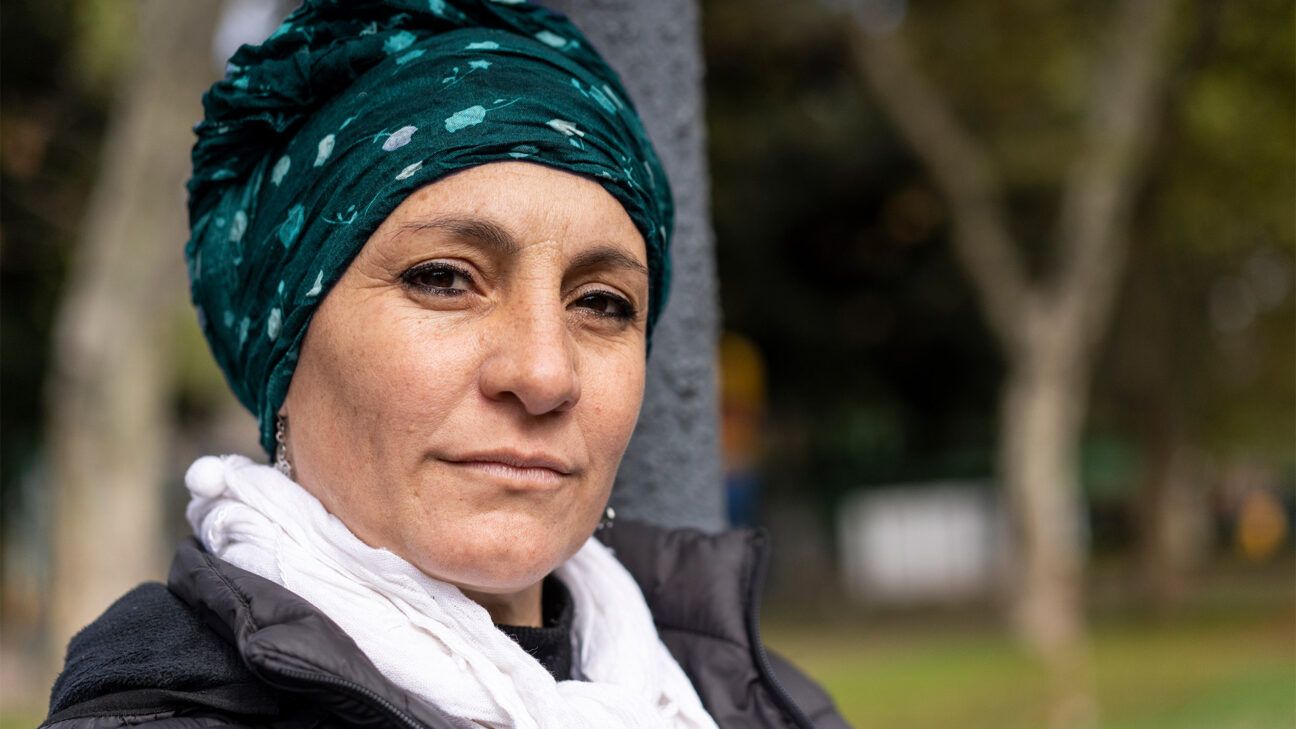
Share on Pinterest
- A new report shows that cancer cases are increasing in females and in younger adults in the United States.
- For the first time, cancer rates in females ages 50 to 64 have surpassed those in males, according to the report.
- The reason for these shifts is not clear, but doctors pointed to lack of physical activity, high alcohol consumption and diets high in ultra-processed foods as possible factors.
Cancer death rates decreased by 34% from 1991 to 2022 in the United States, according to a report published January 16 by the American Cancer Society (ACS).
The Cancer Statistics, 2025 report shows this was mainly due to declines in the four most common types of cancer — lung, colorectal, breast and prostate.
However, the rate of new cases of cancer — known as incidence — increased for many types of cancer during this period, including among females and younger adults.
For example, cancer incidence in females ages 50 to 64 years surpassed that of males for the first time, the report found. The cancer rate among females younger than 50 years is now 82% higher than in males, an increase from 51% in 2002.
In addition, among people younger than 65 years, lung cancer incidence is higher among females than males. This is due to differences in women starting smoking and quitting, the report noted.
The report also highlighted that incidence and deaths due to pancreatic cancer continue to increase for both males and females. The 5-year survival rate for people diagnosed with pancreatic exocrine tumors is just 8%. This type accounts for 9 out of 10 cases of pancreatic cancer.
“Pancreatic cancer is hard to diagnose early — there’s no screening test for it, like with colon cancer,” said Nilesh Vora, MD, hematologist and medical oncologist and medical director of the MemorialCare Todd Cancer Institute at Long Beach Medical Center in Long Beach, CA. Vora was not involved in the report.
“The treatments for pancreatic cancer haven’t mirrored the advances in treatment we’ve seen in some other cancers, like lung cancer, melanoma and colon cancer,” Vora told Healthline.
Overall, the report estimates that there will be 2,041,910 new cancer diagnoses in the U.S. in 2025, with 618,120 deaths due to cancer.
In spite of the expected large number of new cancer cases this year, the cancer death rate dropped by 34% between 1991 and 2022. This decrease led to nearly 4.5 million cancer cases being avoided, the report found.
“For individuals diagnosed with a cancer, the mortality rate is continuing to decrease and to decrease quite significantly,” said Kathleen K. Harnden, MD, MBA, medical director of breast oncology at Inova Schar Cancer Institute in Fairfax, VA. Harnden was not involved in the new report.
“Men and women who are facing a really difficult time and diagnosis [should know] that the future is bright, and that they are more and more likely to be cured and cancer-free at the other side of their treatment” she told Healthline.
“Our [cancer] treatment regimens and our diagnostic techniques have all gotten better, so we are finding cancer at increased incidence,” said Vora. “But people are also living much longer than they did 30 years ago, so the mortality rate has gone down. That tells me that there are more people living with cancer than there was before,” he added.
Harden noted the availability of advanced multi-disciplinary care — in which patients have access to coordinated care between a surgeon, medical oncologist and radiation oncologist — has also helped improve cancer survival in the United States.
“It makes someone’s care move faster,” she said. “All the physicians are speaking to each other, they review the same information and come up with a multi-pronged approach to someone’s cancer care.”
It’s not clear why females and young people have an increasing burden of cancer in recent years, but experts have identified several possible causes.
“We’ve talked a lot about lack of exercise and increasing obesity. We’ve talked a lot about diet changes,” said Vora. “I don’t think there’s a definitive conclusion that we can draw, but I think those things need to be explored.”
Harden pointed out that “as people are more engaged with their screens, or have positions and roles where they tend to be more sedentary — sitting at a desk and more screen-oriented, even not walking from one office to the other — that increases their risk of cancer.”
“There is also emerging evidence about the role of dietary changes,” she said. “The consumption of more ultra-processed foods may increase cancer risk. The decreased consumption of vegetables can also increase cancer risk.”
“I have concerns about the rising rates of obesity, especially in women,” said Harnden. “As obesity increases, [women’s] risk of breast cancer increases in lockstep with each extra five pounds that they have on their body.”
Higher alcohol consumption also increases the risk of several cancers. Oral cavity cancer, breast cancer and liver cancer — all of which saw increasing incidence in the report — are linked to the consumption of alcohol.
The report also highlighted alarming inequalities in cancer death rates. Rates in Native American people are two to three times higher than in white people for kidney, liver, stomach and cervical cancers.
In addition, Black people are twice as likely as white people to die of prostate, stomach and uterine corpus cancers. Black people are also 50% more likely to die from cervical cancer, which is preventable with the HPV vaccine.
“The inequalities in cancer care is always something that’s very humbling to see,” said Harnden.



